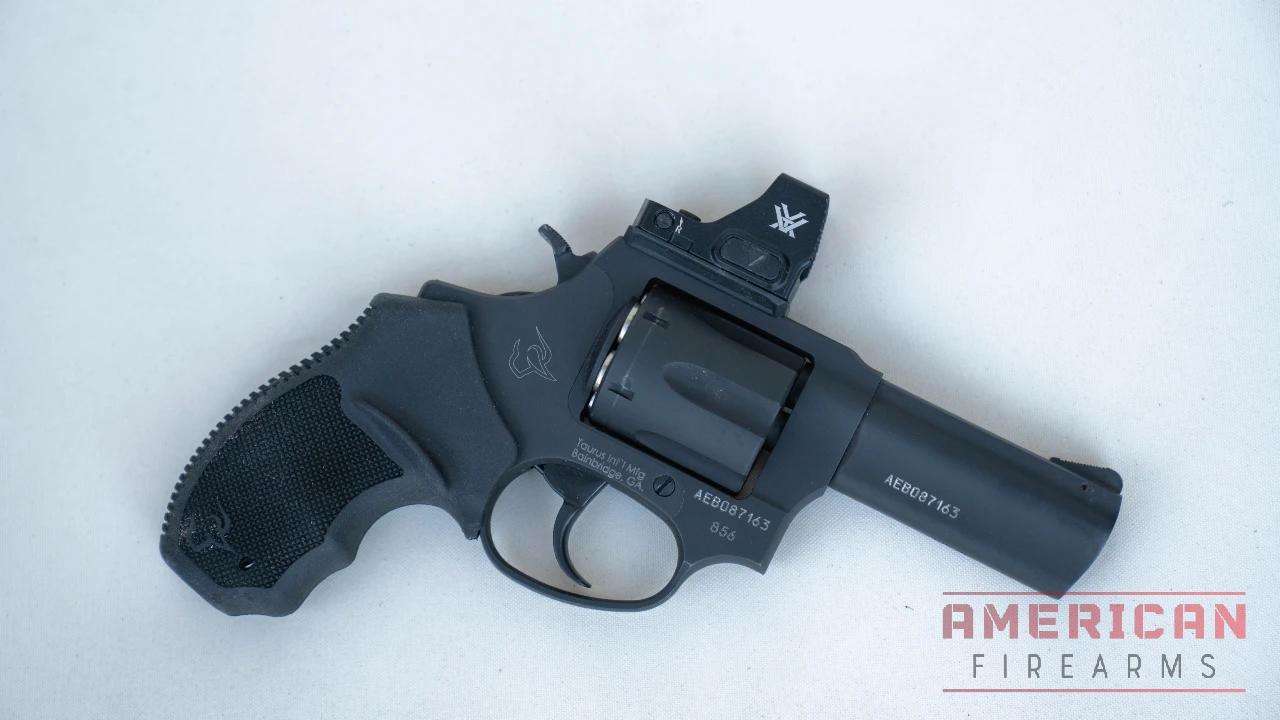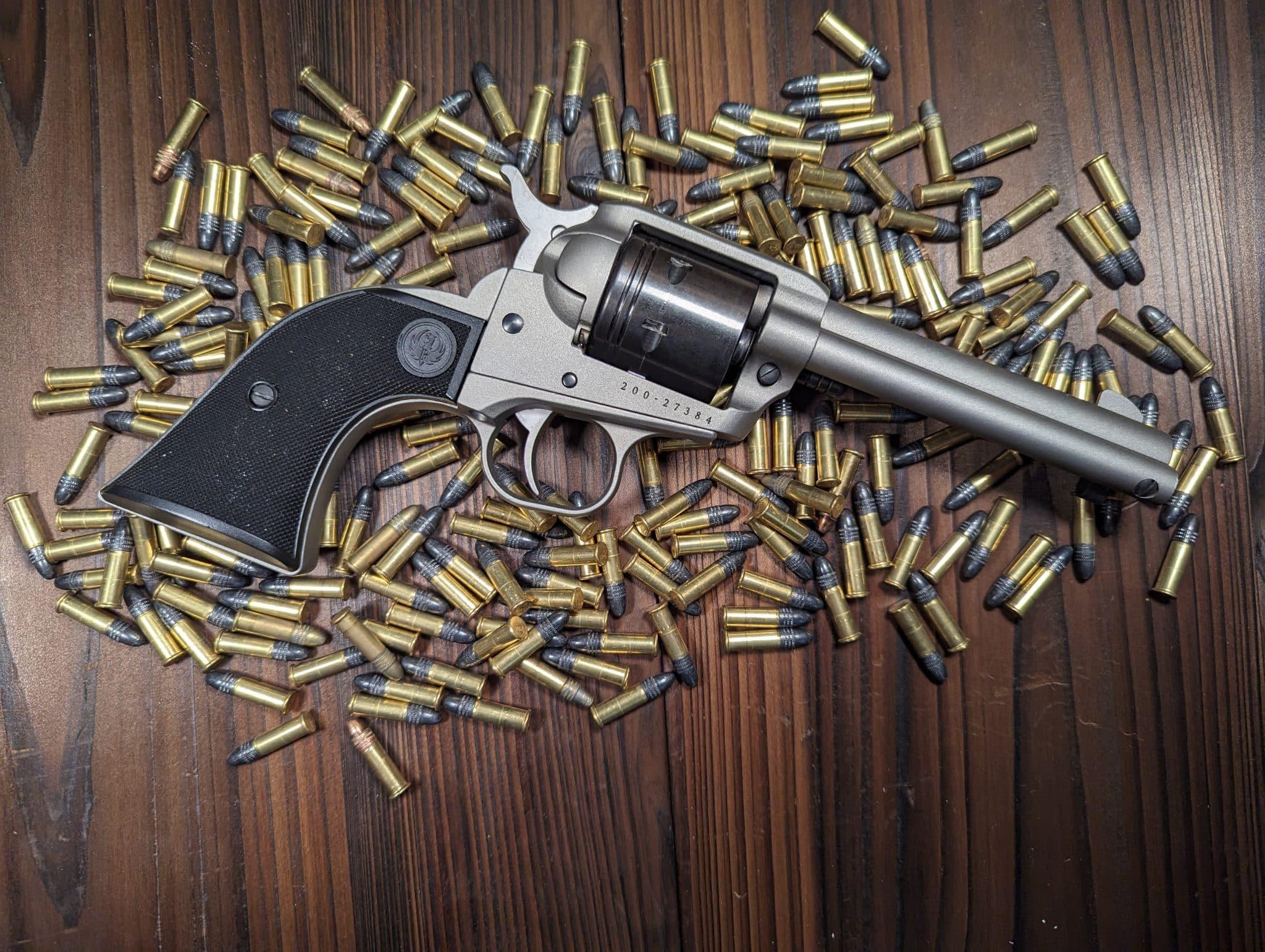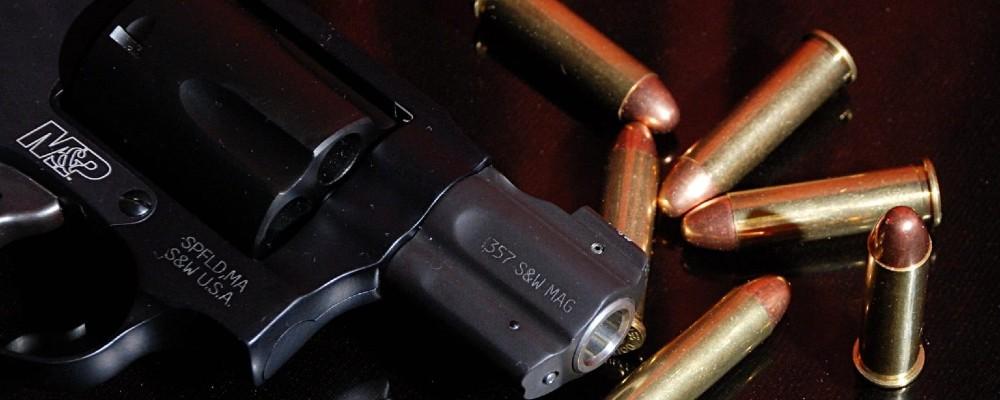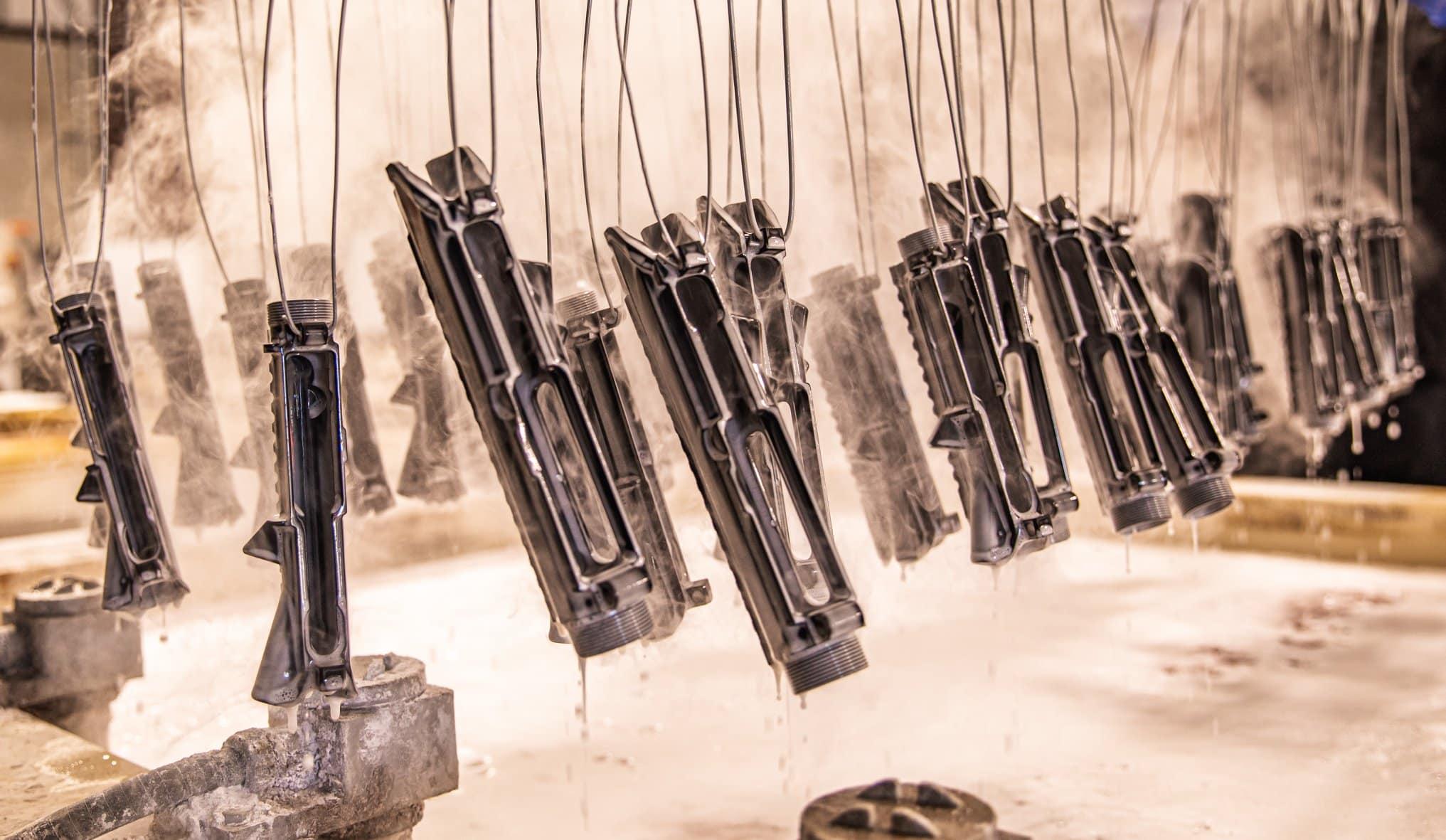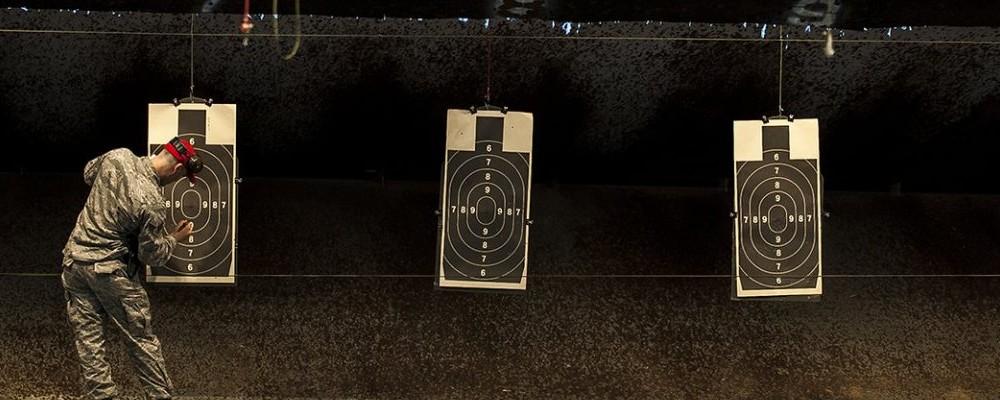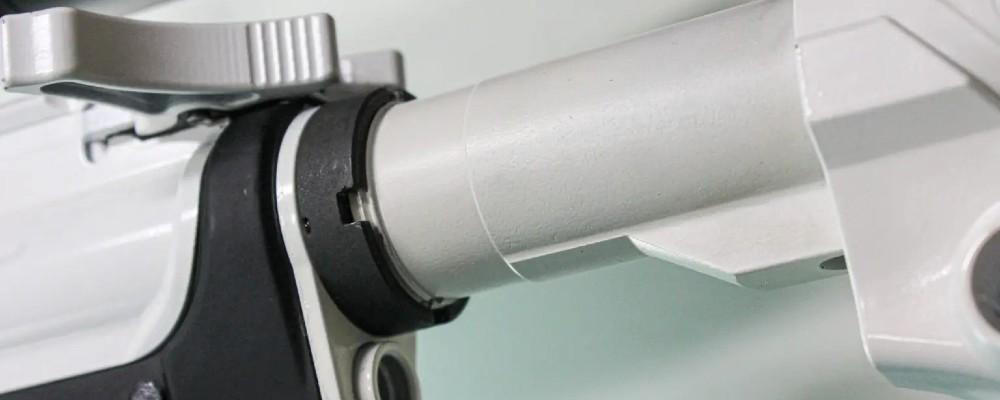A Brutally Honest Ruger LC9 Review
Revisiting the Ruger LC9 - an award-winning lightweight compact pistol with a history of customer-driven improvements, but does it still cut the mustard?
Written By
Elizabeth Bienas
Licensed Concealed Carry Holder
Edited By
Michael Crites
Licensed Concealed Carry Holder
Share:
Products are selected by our editors. We may earn a commission on purchases from a link. How we select gear.
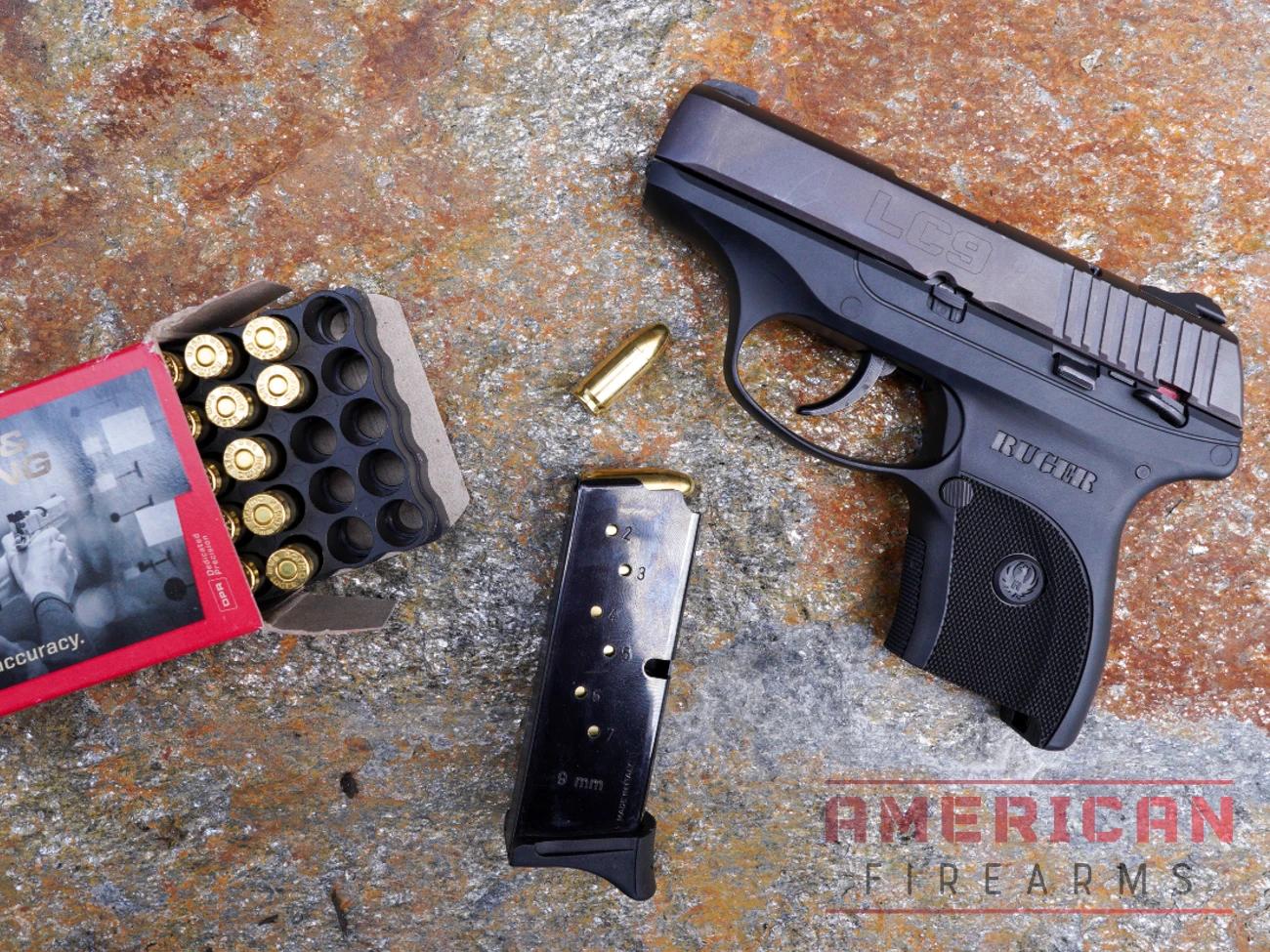
Updated
Jun 2025
The Ruger LC9, which stands for Lightweight Compact 9mm, is exactly what the name describes—a small self defense pistol designed for concealed carry. Developed through Ruger’s Voice of the Customer program, the LC9 was named Shooting Industry Academy of Excellence’s Handgun of the Year in 2011.
I purchased mine in 2011, shortly after it was released from my local gun shop. I looked at the LCP, but I wanted something in 9mm. I’d heard Ruger was following up with the LC9 based on customer feedback, so I waited because back then, there weren’t a lot of small 9mm choices. It was the first concealed carry pistol I bought.
A lot has changed with concealed carry guns since 2011, and I don’t carry mine daily anymore. I hadn’t shot it in years, so I grabbed it from my safe and headed to the range. I remember not liking shooting it when I first got it, so I wanted to see if a decade’s worth of experience changed anything. Let’s see how it went!
In This Article
History and Background
In 1949 Alexander McCormick Sturm and William B. Ruger rented a small shop in Southport, Connecticut, and began manufacturing firearms. Today, Sturm, Ruger, & Company, Inc., better known as Ruger, has grown into one of the largest firearms manufacturing companies in the United States.
Dominant in the .22 LR rimfire rifle market for many years, Ruger jumped into compact pistols in 2008 with the Lightweight Compact Pistol. The LCP was popular because it was the perfect size for concealed carry, but customers had one major complaint. They wanted the same pistol chambered in 9mm instead of .380 ACP.
Ruger listened and, in 2011, released the 9mm version of the LCP. The LC9 was everything customers had requested, but it wasn’t flawless. The biggest complaint? The long double-action-only trigger pull. I joke that you can start pulling the trigger on Friday and finally hit the target next Tuesday. Seriously though, it’s long, and the thing I hate most about this pistol.
Again, the company heard the customer’s complaints and, in 2014, fixed the issue in the next iteration. The Ruger LC9s is striker-fired, and although I’ve not had the chance to shoot one, I’ve heard the trigger pull is much shorter and crisper.
Though they seemed to have worked out the issues, Ruger also discontinued the LC9s; many feel this was a mistake. In 2018 they released the EC9s. The E stands for essential. Although the two pistols are virtually the same size, there are a few differences.
The EC9s has fixed sights instead of the drift adjustable rear sight seen on the LC9 and LC9s. The blued finish on the slide was also replaced with a black-oxide finish. These changes allowed Ruger to offer the EC9s at a much more affordable price.
Features & Specifications
Caliber: | 9mm |
Capacity: | 7 (+1) |
Action: | Hammer-fired |
Trigger Pull Weight: | 7 lbs |
Weight: | 17.1 oz |
Length: | 6” |
Barrel Length: | 3.12” |
Width: | 0.9” |
Height: | 4.5” |
Sights: | Three dot fixed |
Sight Radius: | 4.5” |
Safeties: | Manual thumb / magazine disconnect / loaded chamber indicator |
Real-word price: | $200-$500 (Used) |
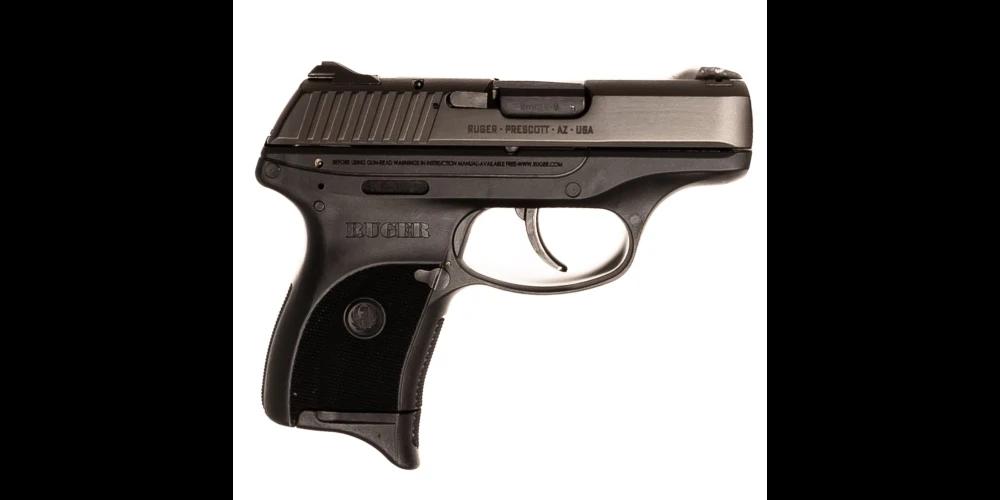
$349.99

46
EXCEPTIONAL
2026 Awards & Rankings
Performance Scores
Performance and Accuracy
The LC9 is an accurate gun for being so tiny, but it takes practice to get there. The 7lb double action only trigger has a very long pull and noticeable stacking toward the end. That alone can cause some anticipation, but there’s also a considerable amount of recoil to contend with.
The LC9’s sights are considerably better than the LCP, which uses what amounts to little more than a pair of bumps for the rear sight and another for the front sight.
Do you really need adjustable sights on a gun that will likely ever be fired from 10 yards, max? Maybe not, but it’s a nice feature for those who appreciate the adjustability. A set of night sights would be a good upgrade though.
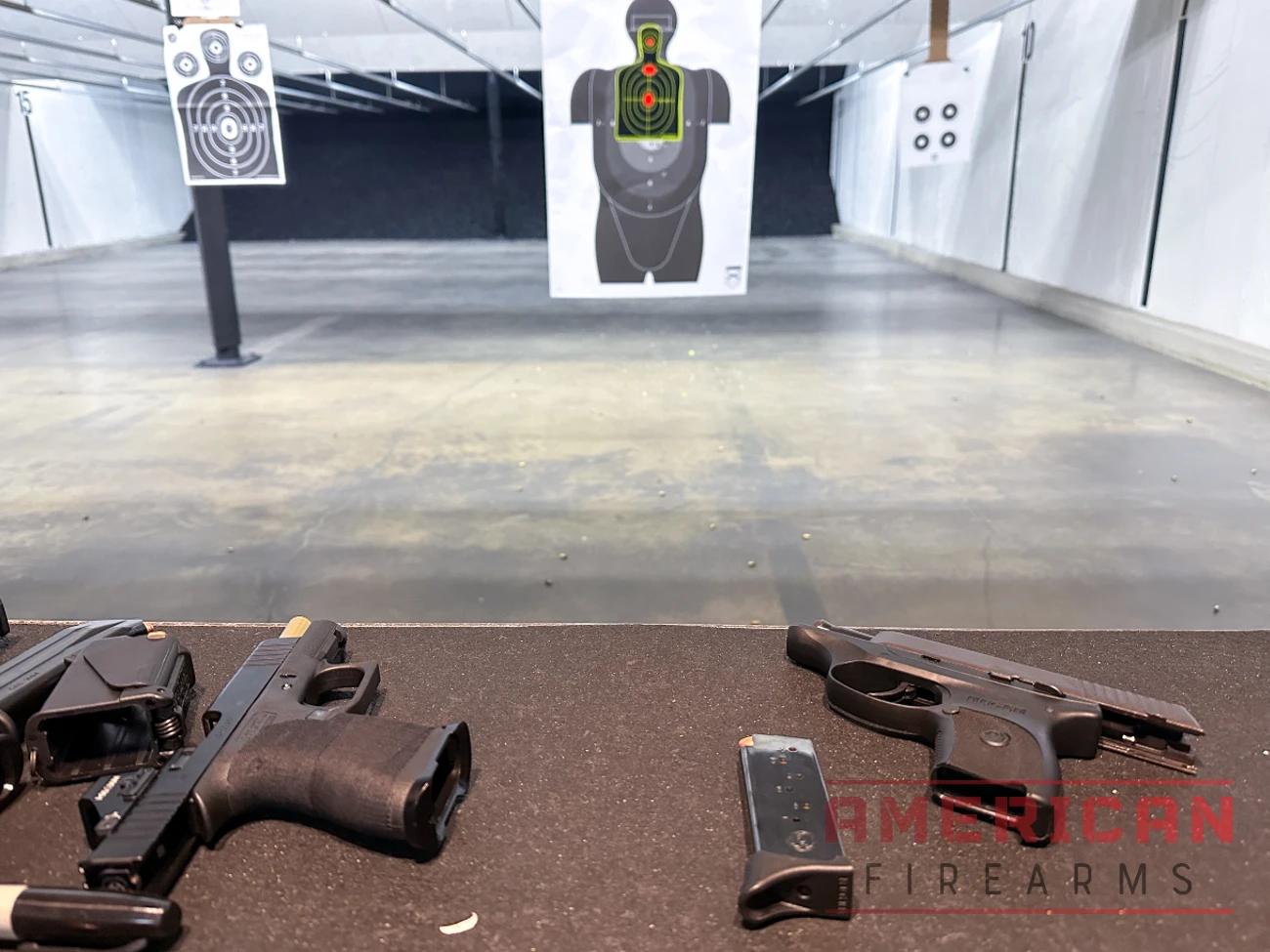
I had very little shooting experience when I bought the LC9, and the long trigger pull & recoil are the primary reasons I didn’t enjoy shooting it.
It’s not as bad as I remember, but it’s still snappy, and you feel it. Muzzle rise is an issue, and it takes longer to get back on target for multiple shots than larger guns that offer more weight up front.
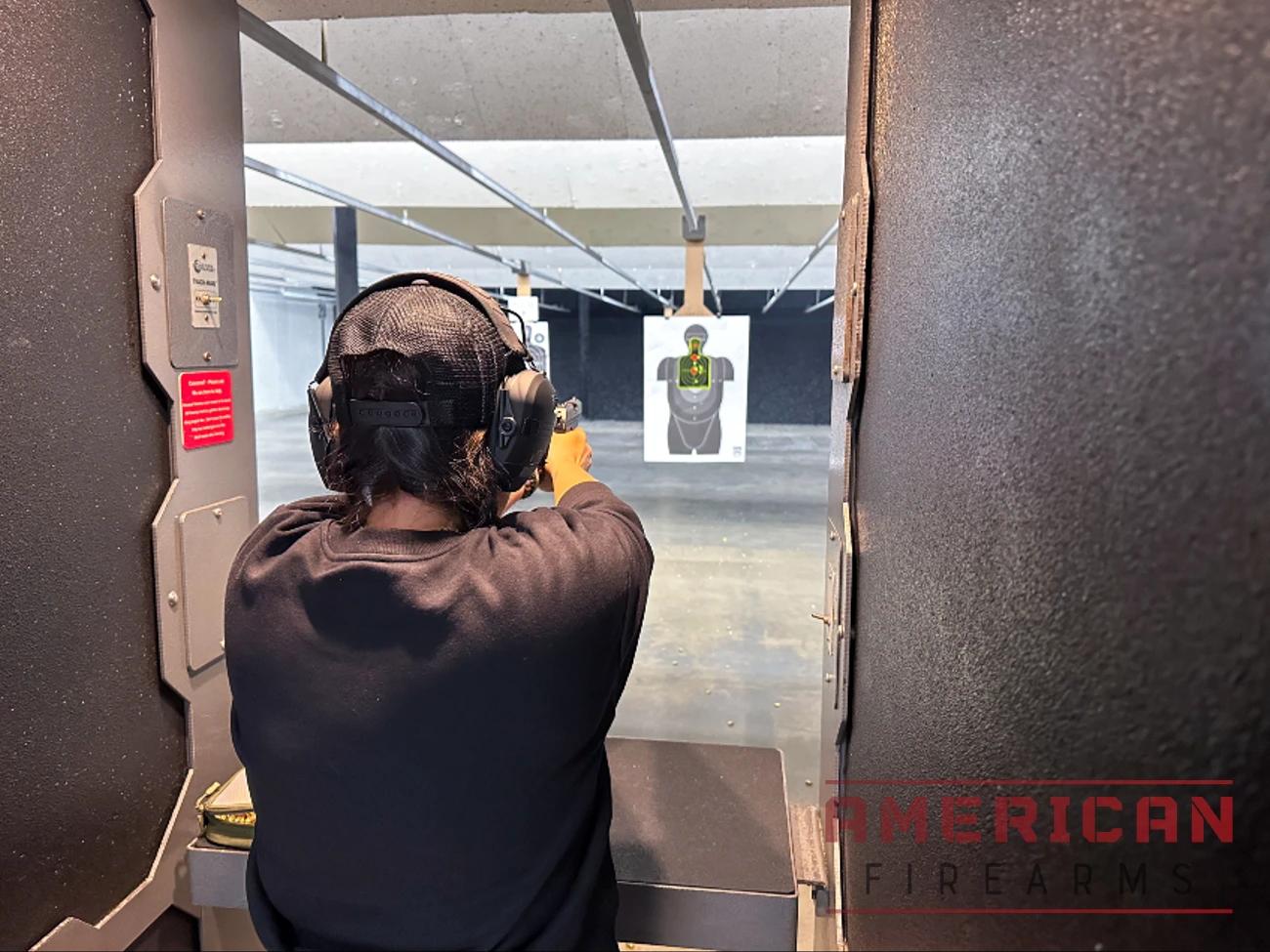
I shot the LC9 at 3, 7, and 10 yards. I’m an average shooter, and these were my first shots after not touching it for several years.
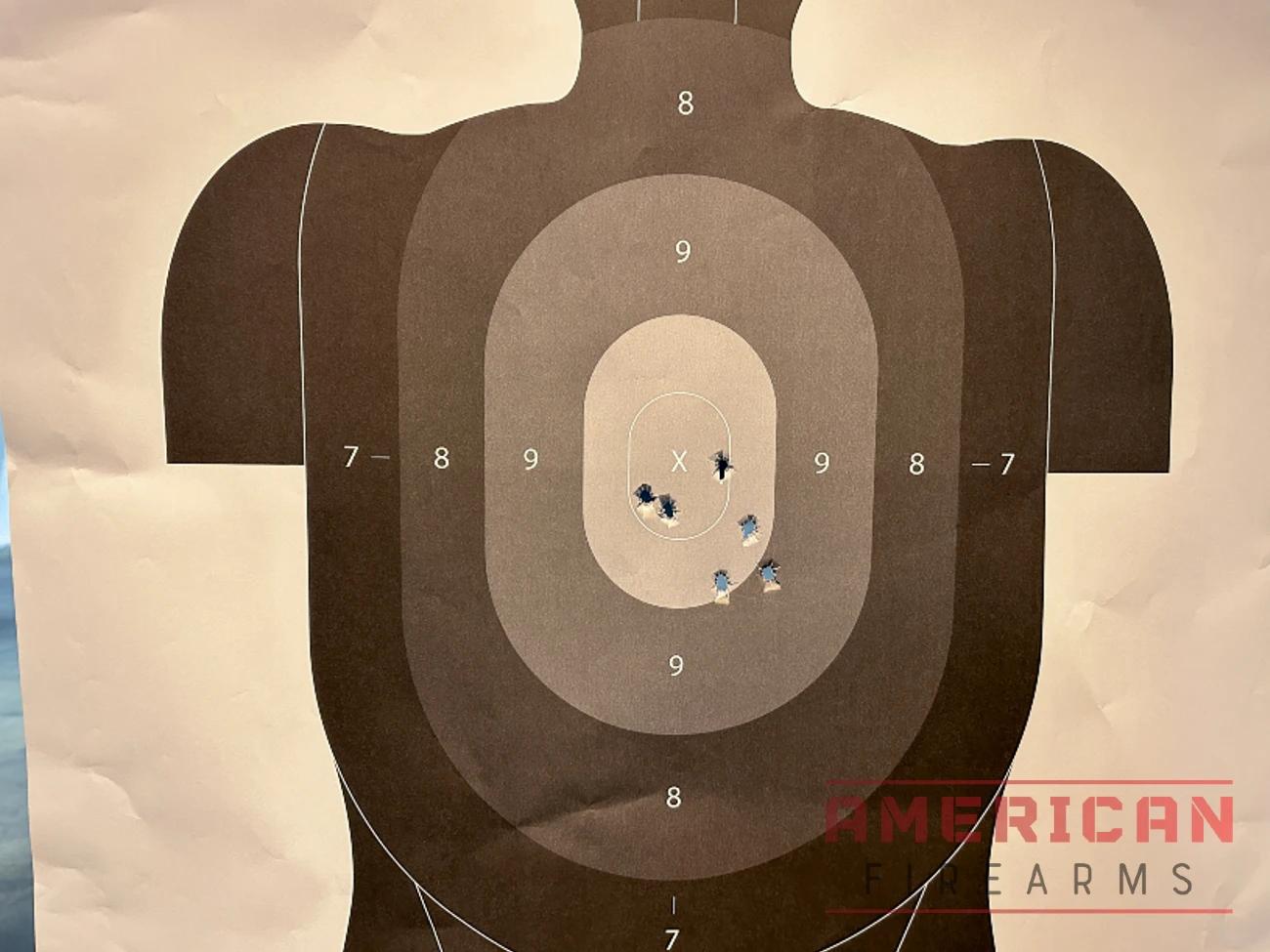
Note that in the 7 and 10-yard photos, I’m aiming for the upper chest, not center of mass. My groups are decent, and you can see some shots I dropped low due to flinching with the long trigger pull.
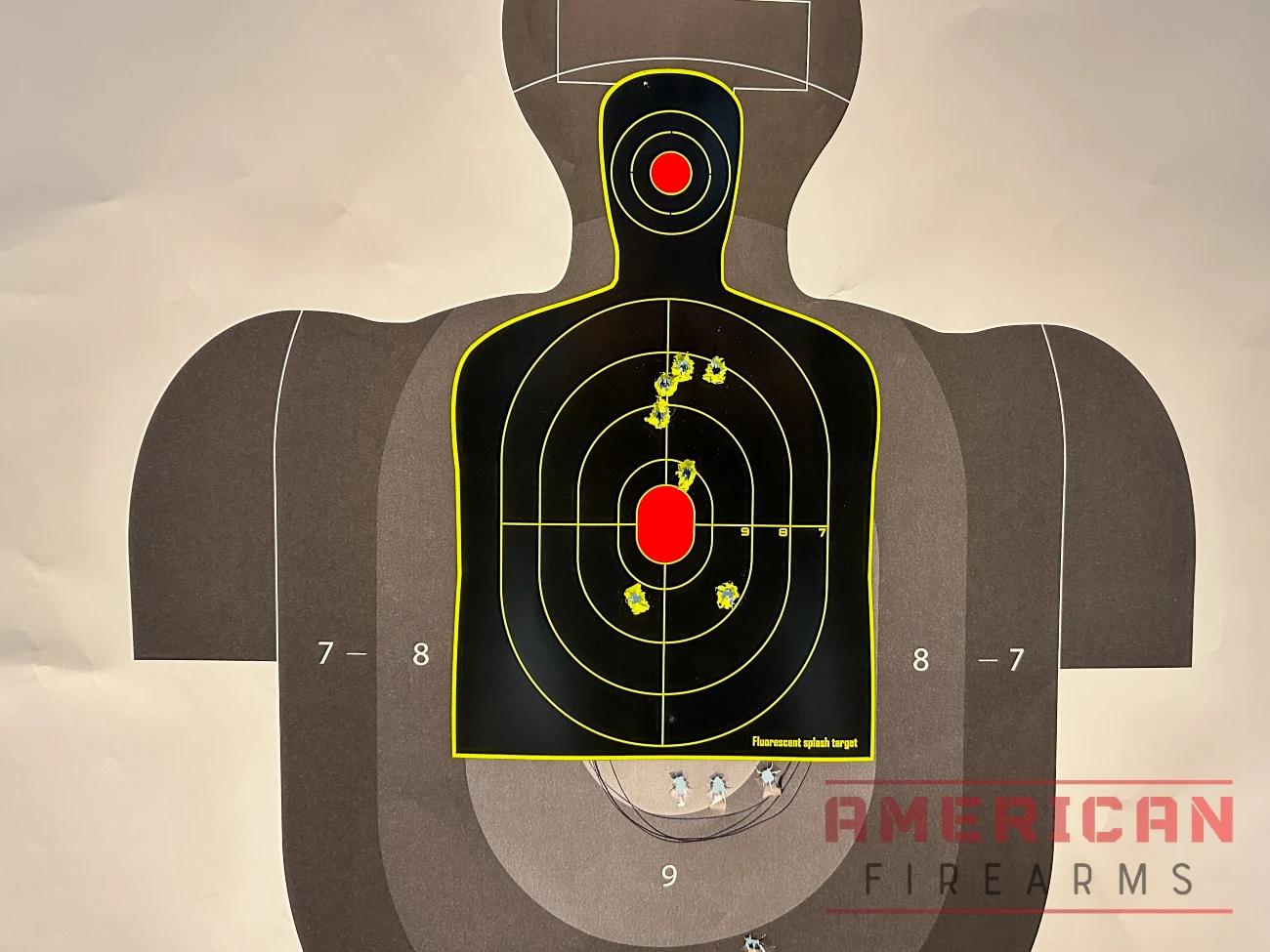
My husband, a more experienced and better shooter than I am, shot a fist-sized group at 7 yards. He felt the LC9 is accurate for its size, and if we trained on it more, our groups would be consistent.
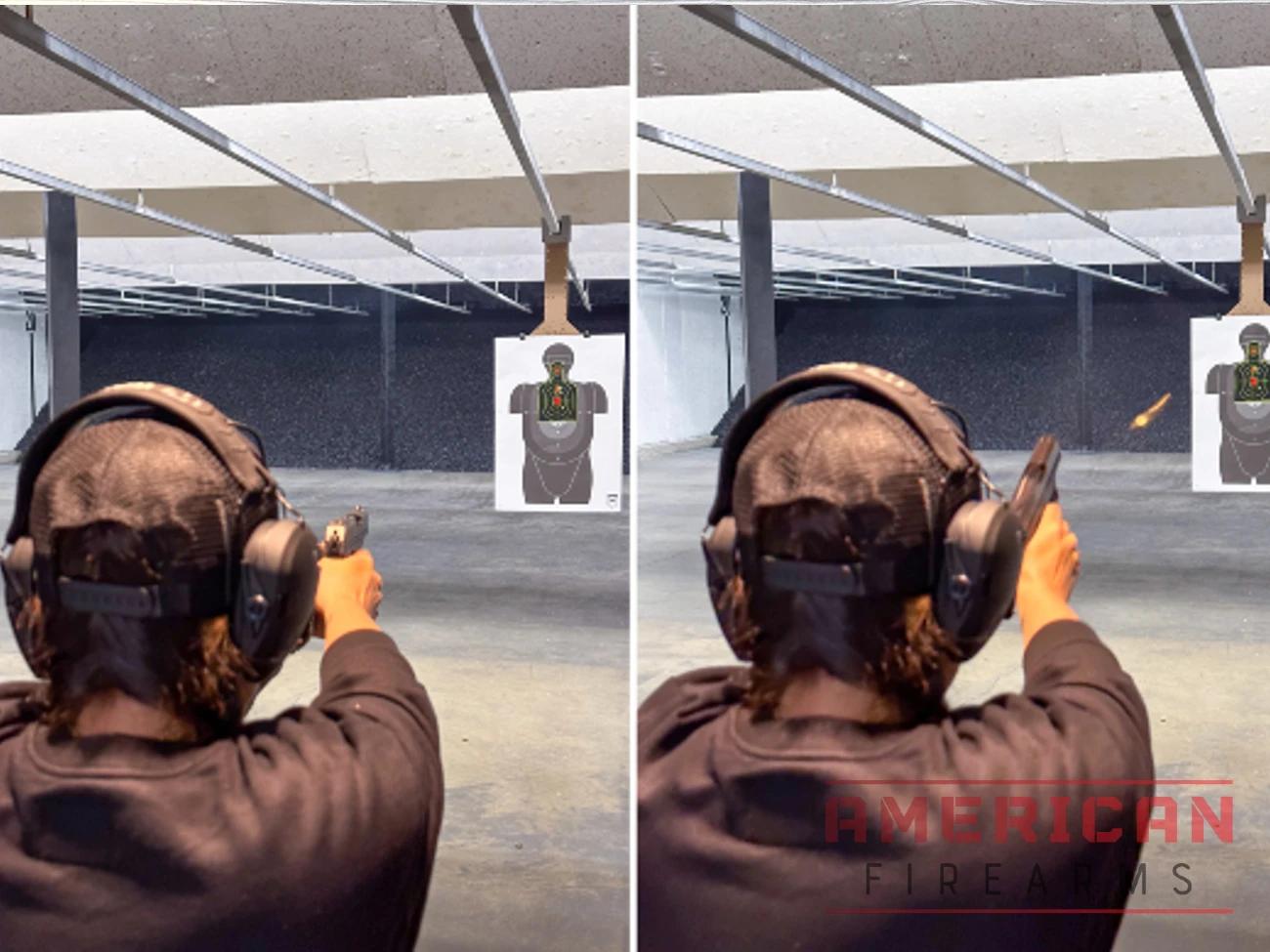
Ergonomics
The LC9 is small. And by small, I mean tiny. I’m petite at only 5’ tall, and I can conceal this thing in just about any outfit. If women’s jeans had respectable-size pockets that would accommodate a pocket holster, I’m positive I could pocket carry it too. It’s not my daily carry gun anymore, but I think it’s the perfect discreet size for thigh or bra holsters.
Of course, it all but disappears when slid into an IWB holster, but the small grip also makes it difficult to draw.
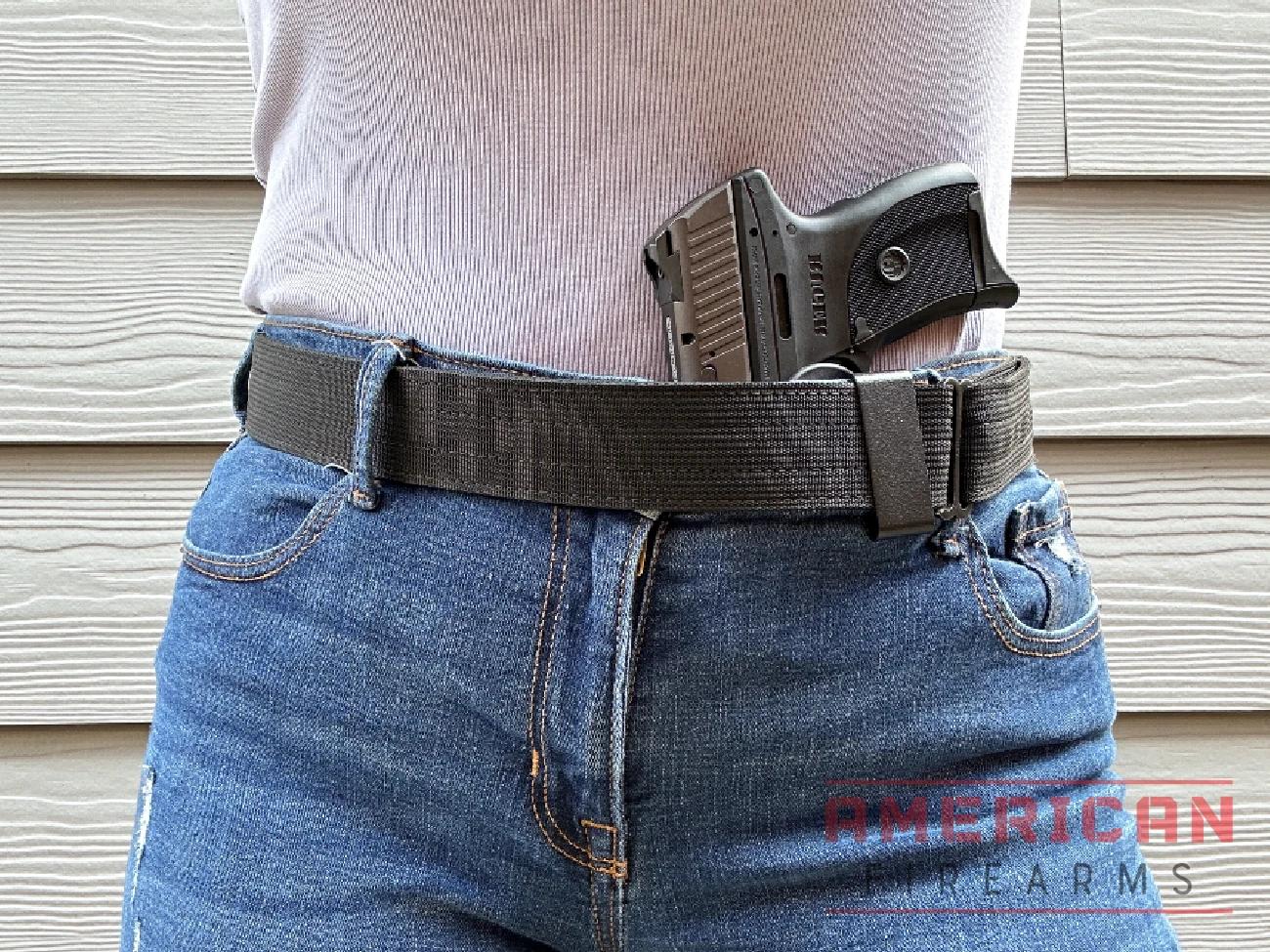
Speaking of grip, this thing is aggressively textured. The grip features a deep checkering pattern which helps you hang onto it while shooting. But I think it’s a bit too much and feels like sandpaper after a while.
Overall, this isn’t a pistol you want to shoot all day, but 50-100 rounds won’t beat you up.

The grip is surprisingly ergonomic, but again, it’s tiny. Even with small hands, the finger grip extension floorplate on the magazine is a God send. Surprisingly though, it feels good to hold — adding an extended mag can only help, although it may impact concealability.
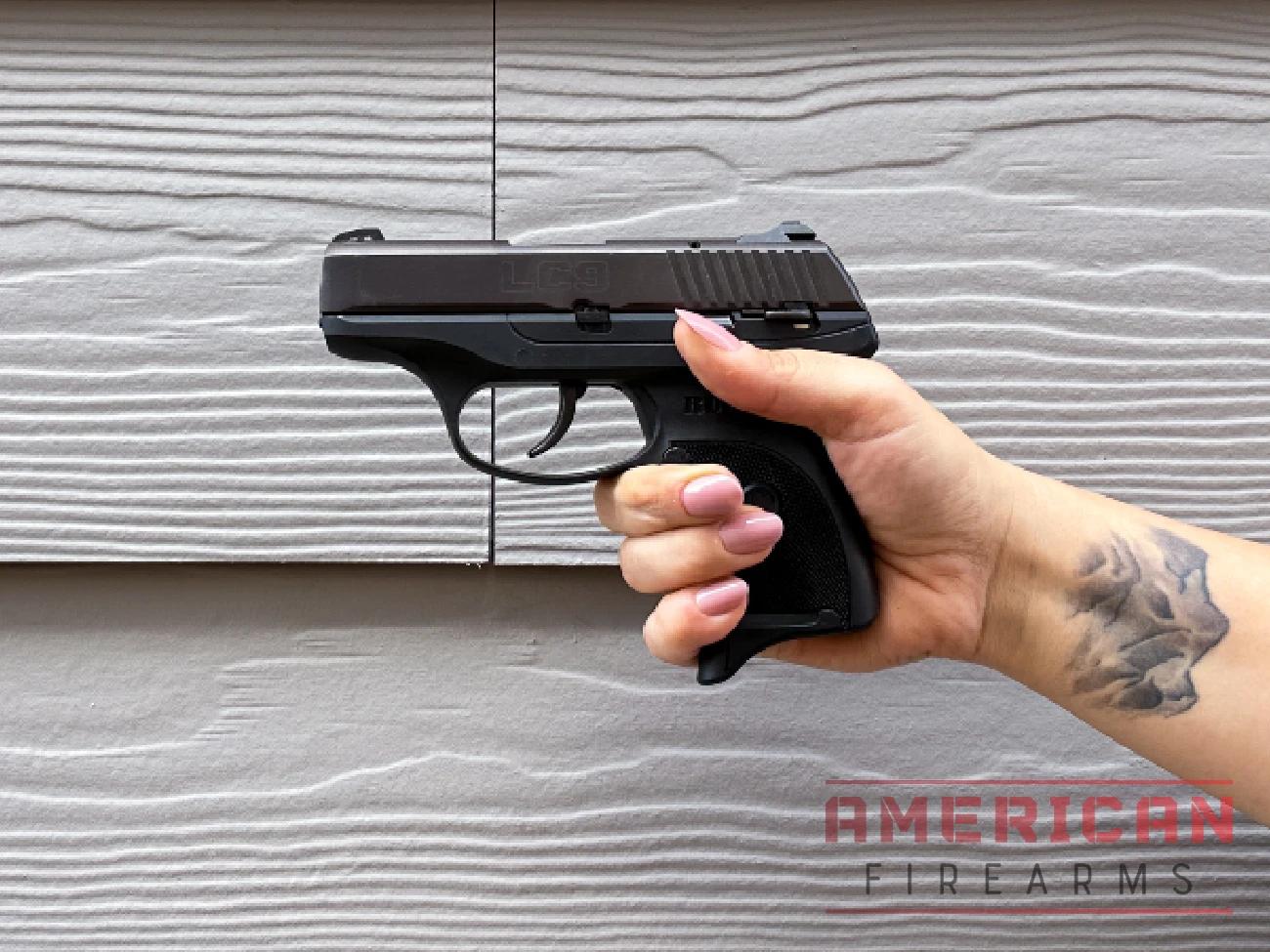
My husband has large hands, and the LC9 looks comical when he shoots it, but he doesn’t have a problem getting a grip. The mag release, however, is easy to hit inadvertently with your middle finger if you have large hands.

Features
Safety features are a must for a pocket pistol, but the Ruger LC9 might seem too safe if you’re an experienced shooter. It has a manual thumb safety, a magazine disconnect safety, and a loaded chamber indicator, although no trigger safety, which is an interesting choice given how standard those are these days.

The manual safety takes some practice to get the hang of because engaging or disengaging takes work. While practicing dry fire drawing, I struggled with it, especially as my hands became fatigued.

As an experienced shooter, I’d just leave it disengaged, but it may give some piece of mine to a new concealed carrier. In addition, it’s not ambidextrous, so if you’re a left-handed shooter, you get the shaft here.
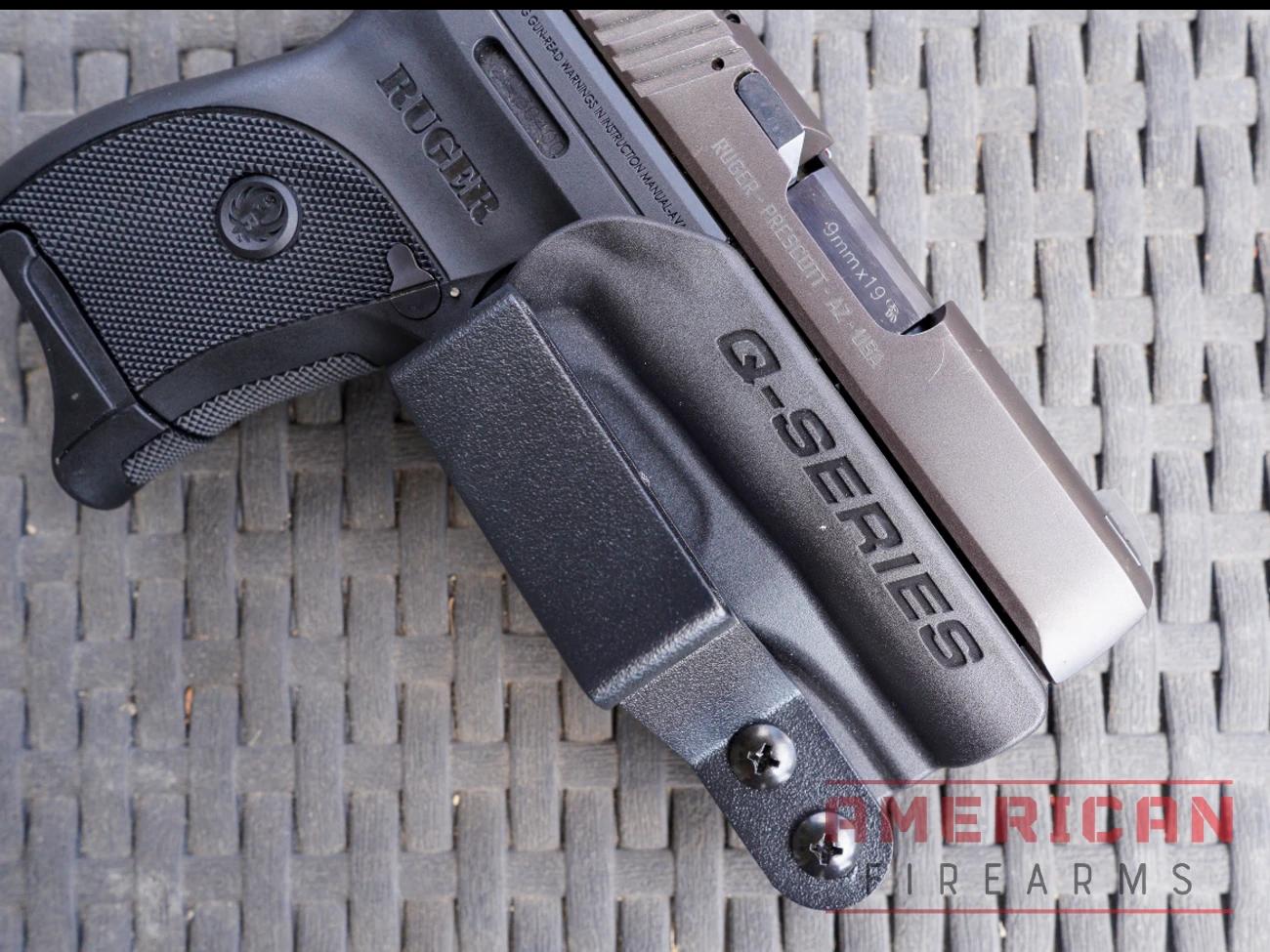
If you want to upgrade or change something on your LC9, it’s easy to find aftermarket support. Parts like sights, lasers, grips, magazines & extensions, slides, barrels, and holsters are all abundant.
If you want to swap a trigger bar, recoil spring, or other internal part there’s also a healthy aftermarket for those.
Fit & Finish
Ruger makes high-quality firearms, and the LC9 is no exception. There’s nothing fancy about it, but the little pistol is a good gun that’s well-built. As far as style, it’s not a bad-looking little gun. If you squint, it looks a little like something James Bond would carry.
All the edges are smooth and rounded, and it feels good in the hands. This also makes it more comfortable for concealed carry, but the aggressive grip texture can be an issue for those of us who don’t wear undershirts.
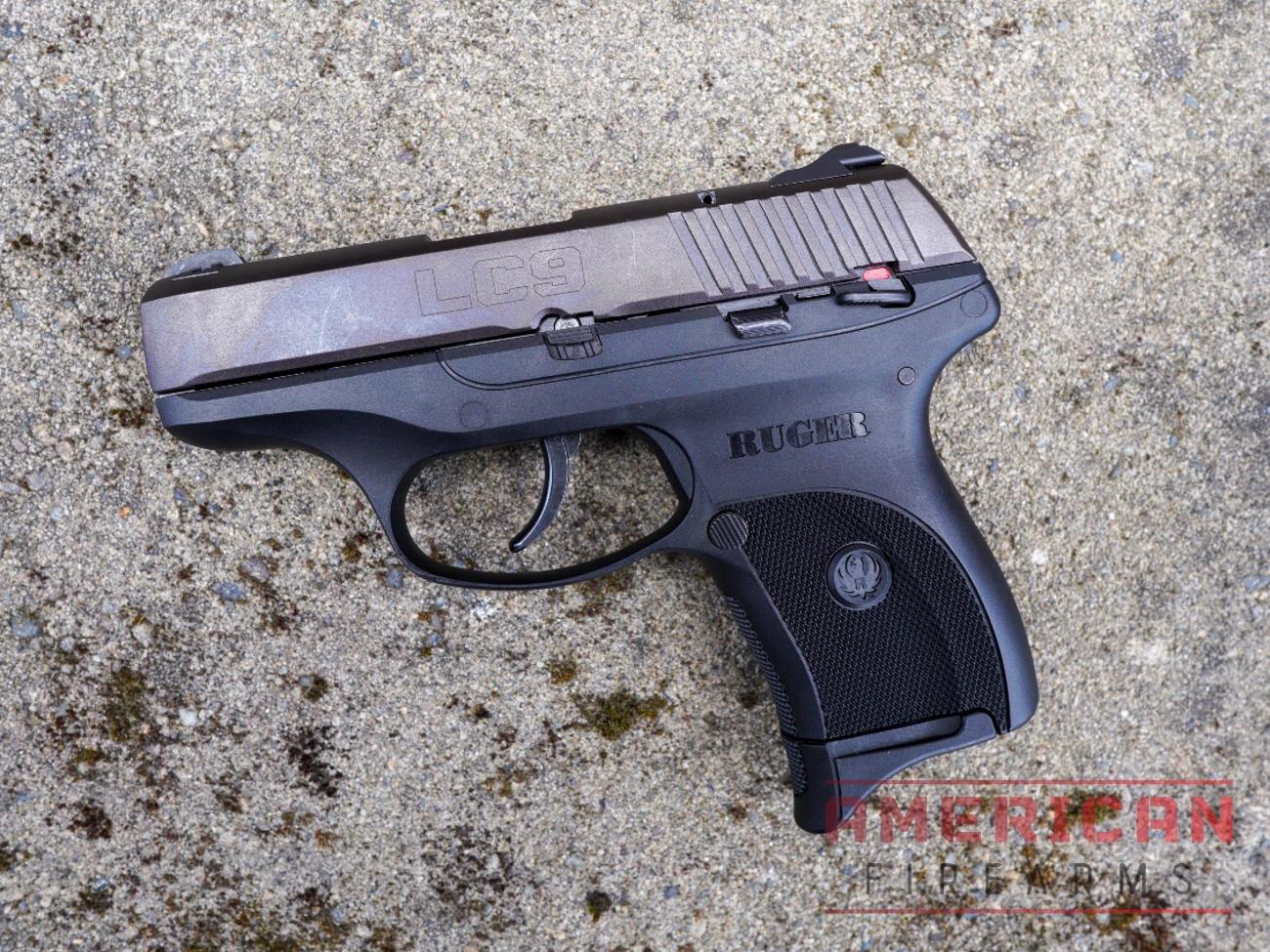
Reliability
The LC9 is a reliable weapon. I haven’t had a single issue with my 12-year-old LC9, including at my most recent range trip after a decade in the safe. Granted, I don’t shoot it much these days, but back in the day, I’d feed it all sorts of cheap range ammo, and it performed as intended.
Value
I remember paying around $500 for my LC9 in 2011, which was a lot then. For a well-built pistol that’s reliable, it’s been a good value. I shot and carried the LC9 for several years before moving on to a striker-fired pistol. Now I carry it in a thigh or bra holster, and while it stays in the safe most of the time, I’m glad I kept it.
You can still find the LC9 at the used gun counter if you’re looking for an ultra-concealable pocket pistol. If I were in the market now, I would opt for the LC9s to get the striker-fired trigger. But if you don’t mind the long DAO trigger, the LC9 is for you.
Alternatives to the LC9
Although it’s technically a pocket pistol, for this comparison, we will look at current popular single-stack 9mm guns in the micro-compact and subcompact categories.
Glock 43
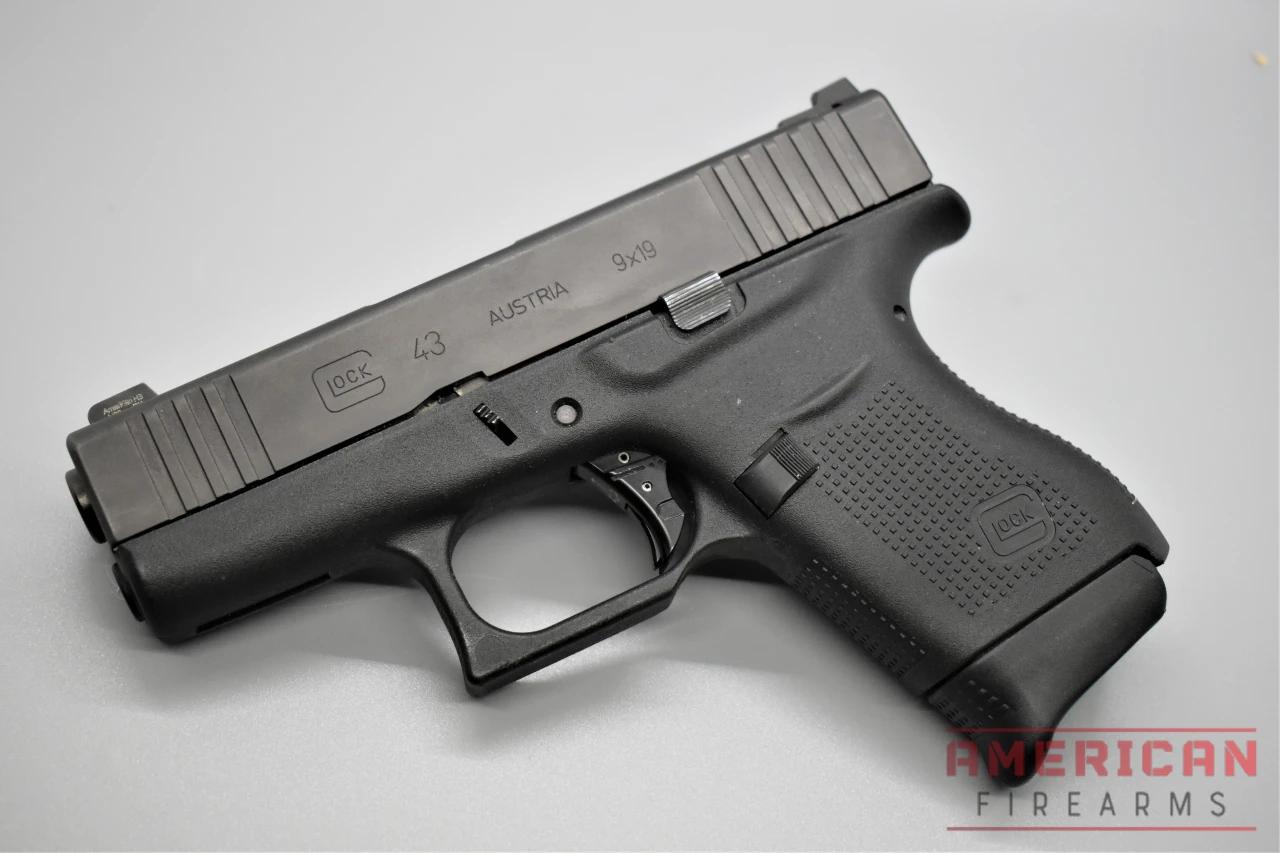
For many years the Glock 43 has been a popular choice for concealed carry and self defense. It’s slightly bigger than the LC9 and just a bit heavier. They also came in around the same price point at the time of their release dates. Other than that, it’s a Glock which has several pros and a few cons.
Glocks are as reliable as they come, and the 43 is no exception. They don’t require much maintenance and aren’t picky about ammo. Also, you can upgrade just about every part because the aftermarket support is abundant. Glocks truly are the Honda Civics of the gun world.
The major con to the Glock 43 is capacity which comes in at only 6+1. Even the tiny LC9 does better than that. The trigger is your standard Glock trigger; not too bad, but not too good either. And you’ll want to swap out the plastic sights.
Sig Sauer P365

The P365 has gained fast favor since its release because it combines small size and large capacity. Although it’s technically not a single stack, I’ve included it because it’s almost exactly the same size as the LC9, which makes it easy to conceal.
With magazine options for 10+1, 12+1, or 15+1, you can carry double the amount of ammo as the LC9 and most other small carry pistols. It’s snappy to shoot, but the trigger isn’t bad. In recent years, Sig has added several variations to the P365 family, like the P365 XMACRO. They’re all bigger than the original and intended to satisfy different customers’ needs.
Springfield Hellcat
The Springfield Hellcat also falls into the “not technically a single-stack” category. And again, it’s almost exactly the same size as the Ruger LC9. The Hellcat comes optics-ready from the factory, which is a nice feature for concealed carry.
The Hellcat is snappy to shoot, maybe more so than the P365 and Glock 43, but it’s not picky about ammo. The standard magazine carries 11+1, giving you four more rounds than the LC9.
The Shooter's Score
So, how did the LC9 stack up?
Accuracy: 8
Despite its small size, the LC9 proved to be quite accurate. However, it’s going to take practice due to the 7lb double-action-only trigger, which has a very long pull and notable stacking towards the end, and notable recoil.
Ergonomics: 7
Although it’s highly concealable and fits well even my small hand, its extremely small size poses some challenges for things like drawing, and the aggressive texturing on the grip can be rough on the hands after a while.
Features: 6
While safety features are essential for a pocket pistol, the LC9 might be overly safe for experienced shooters. It features a manual thumb safety, a magazine disconnect safety, and a loaded chamber indicator, with the manual thumb safety challenging to engage or disengage, particularly when fatigued.
Fit & Finish: 6
The pistol is well-made and durable, as expected from a Ruger firearm, and it’s not a bad looking pistol.
Reliability: 10
In the 12 years I’ve owned the pistol, I’ve never experienced a single issue with it, even during my most recent range trip with the pistol now more than decade old (and having spent most of that locked away in a safe.)
Value: 7
I paid around $500 for the pistol back in 2011 and it has proved a good value over the years due to its reliability and well-built qualities. Although the not my primary carry weapon anymore, for specific situations where concealability is the primary goal it’s a great fit for a bra or thigh holster. The LC9s model would be my go-to these days due to the improved striker-fired trigger.
Pros and Cons
The Good:
- Lightweight and small
- Extremely easy to conceal
- Not picky about ammo
- Adjustable rear sight
The Bad:
- Long DAO trigger pull
- Won’t fire with a magazine inserted
- Snappy to shoot
- Very small grip
- Thumb safety isn’t ambidextrous
Final Thoughts
The Ruger LC9 was a well-intentioned concealed carry pistol. It’s not a great gun (especially by today’s standards) and it falls short with a long DAO trigger, but for some, that’s not a deal-breaker. It’s small, lightweight, comfortable, and reliable.
A lot has changed with concealed carry in the decade since its release, but that doesn’t mean the LC9 doesn’t have its place today. Although it’s not my daily carry, I grab it when I’m carrying in my bra or thigh holster. If you’re looking for a pocket pistol, the LC9 might be worth a second glance, especially if you want something that has a good aftermarket and can be picked up on the cheap.
FAQs
Is the Ruger LC9 worth buying?
Why did Ruger discontinue the LC9?
Is it OK to dry fire Ruger LC9?
Does LC9 have a safety?
Sign up for our newsletter
Get discounts from top brands and our latest reviews!





